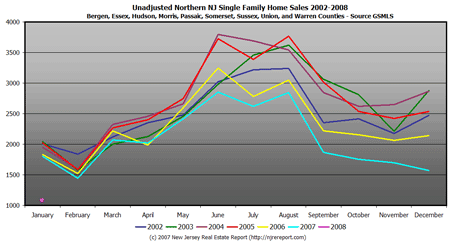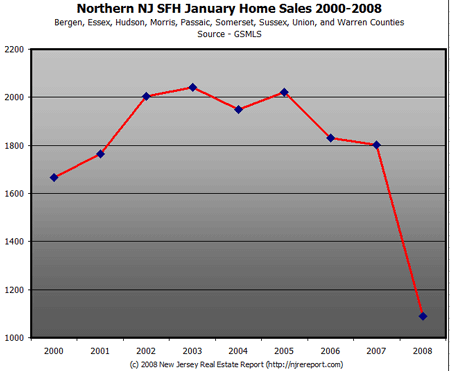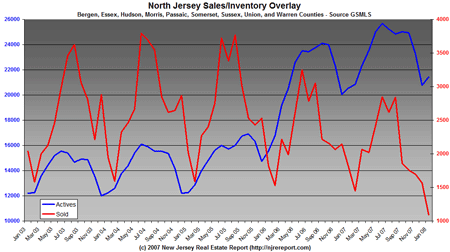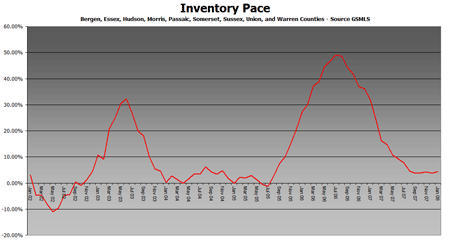From the Wall Street Journal:
The Rise of the Mortgage ‘Walkers’
By NICOLE GELINAS
February 8, 2008
Fitch Ratings, while telling investors last Friday to expect additional “widespread and significant downgrades” on $139 billion worth of subprime loans, has cited a new factor in their “worsening performance.”
“The apparent willingness of borrowers to ‘walk away’ from mortgage debt,” the analysts noted, “has contributed to extraordinary high levels of early default” on loans issued during the 18 months before the mortgage bubble burst. It expects losses to reach 21% of initial loan balances for subprime mortgages issued in 2006 and 26% for those issued in early 2007.
Such behavior, where not precipitated by willful fraud, shows that American homebuyers supposedly duped by their lenders aren’t so dumb. They’re perfectly capable of acting rationally without political interference.
While mortgage fraud has abounded in recent years, voluntary foreclosures are not by themselves evidence of a newfound irresponsibility on Americans’ part. To be sure, until recently, mass-scale voluntary foreclosures were unthinkable. But markets have changed, and people are changing their behavior in response.
A decade ago, most people started off with enough equity in their homes to make foreclosure irrational from a financial standpoint. Consider: If you made a 20% down payment on a house, prices would have to fall by 20%, almost immediately, before you lost all your money and had much incentive to walk away. This scenario was unlikely, particularly since an independent appraiser had assigned a clear value to the home. Foreclosure was remote, absent a personal financial crisis, for another reason: Every month your mortgage payment would reduce your debt and increase your equity, giving you more room for prices to fall.
But over the past few years — until last spring — banks and the mortgage-backed securities investors who bought the loans the banks packaged weren’t demanding substantial down payments; they were happy with 5% or even nothing down. They also didn’t worry about whether or not borrowers were building up equity. “Interest-only” loans, quick mortgage refinancings to cash out any equity, and other inventions often led to just the opposite.
…
Yes, this behavior is new — but only when it comes to houses. Americans have long been able to cut their losses from bad investments and start over. It stands to reason that when the market made houses into yet another speculative investment, Americans would do the same.Borrowers acted rationally in response to market forces and incentives during the bubble: Buy a house because prices always go up; you can’t lose. Many are acting rationally now: Mail the keys back and un-borrow the money, because prices are sinking fast while the debt isn’t. When the house was purchased not as a first home but as a rental investment, the decision is even easier.
…
Nobody is going to debtors’ prison. Nobody is going to have to toil for 30 years and sacrifice their kids’ future to pay off burdensome loans that they’re stuck with forever because they overreached. (Even if banks and mortgage administrators pursue judgments for post-foreclosure loan balances, there’s always bankruptcy as a last resort.)As for Sen. Hillary Clinton and her proposed “moratorium on foreclosures”: She may soon find that borrowers, not just lenders, are screaming to let them act within their contractual rights.





